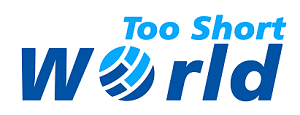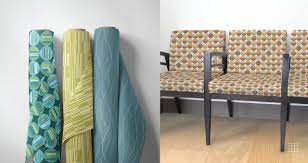Digital painting has elevated the printing game to a new height. Now it allows for printing magic on a variety of materials. Digital printing is primarily divided into two types: direct print and dye sublimation. Most often, in the case of dye-sublimation, a laser cutting tool is used to cut the fabric. Check out laser cutting machine Malaysia if you wish to purchase one for your industry. However, what is the differences between these two?
Direct printing
Direct printing is a technique that involves putting small ink droplets onto pretreated textiles and fabric using inkjet printing equipment with fine nozzles. Pretreatment helps in the print adhesion to the fibers, and the fiber is then post-treated with high pressing to cement the dye on the fabric. Direct printing is digitizing a picture and printing it directly on the textile and fabric using a digital printer.
Advantages
Direct printing can print materials up to 16 feet in width. They can allow for larger seamless backgrounds or fewer seams on large backdrops. The picture of the design is loaded on specialized printing software. The printing software then delivers it to the printer, from where it is transferred to the fabric or cloth.
Multiple colors and designs can be printed inside a fabric role or textile. This allows for quick, reprints, reorders, rush orders, smaller sampling options, etc. Direct printing is perfect for complex artwork, full-color images, and prints with a high color count.
Disadvantages
If you compare direct printing with other digital fabric printing technologies like dye sublimation, you will notice that the image clarity is sometimes sharpened with the other procedures compared to direct printing. The maintenance and aftercare of the textile and fabric are also difficult. Since the quality of the print on the fabric may deteriorate over time due to overwork and use, it requires special attention to keep the print vibrant and last for a long period.
Costly because of expensive ink.
Dye sublimation
Dye sublimation is a pending technique that includes applying pressure and heat to a heat transfer paper to transfer the design on textile or resin-coated goods. The transfer paper is made with a digital printer, and the ink on the paper is heated till it enters a gaseous state. This gas enters into the pores of the fabric. As the fabric cools, the color gets trapped in the pores of the fabric, etching the design on it. This method works best with a hundred percent polyester. Snowboards, mugs, keychains, blankets, bags, socks, decorations, cloth, etc., are the items that can be printed on using this method. Check out the sublimation printing machine Malaysia to purchase a sublimation printer.
Advantages
- Dye sublimation allows for a continuous and gradual change in color because each inkblot can be of a distinct color. It also provides high-resolution printing and remarkable color accuracy.
- The ink dries quickly in sublimation printing.
- The print media get exposed to fewer movements during the printing process.
- The downtime is less and less maintenance is required to deal with cleanup and ink spills.


